Insights | Article
New Czechia Visual Identity — A Glimpse Into the Future
By John Murinye
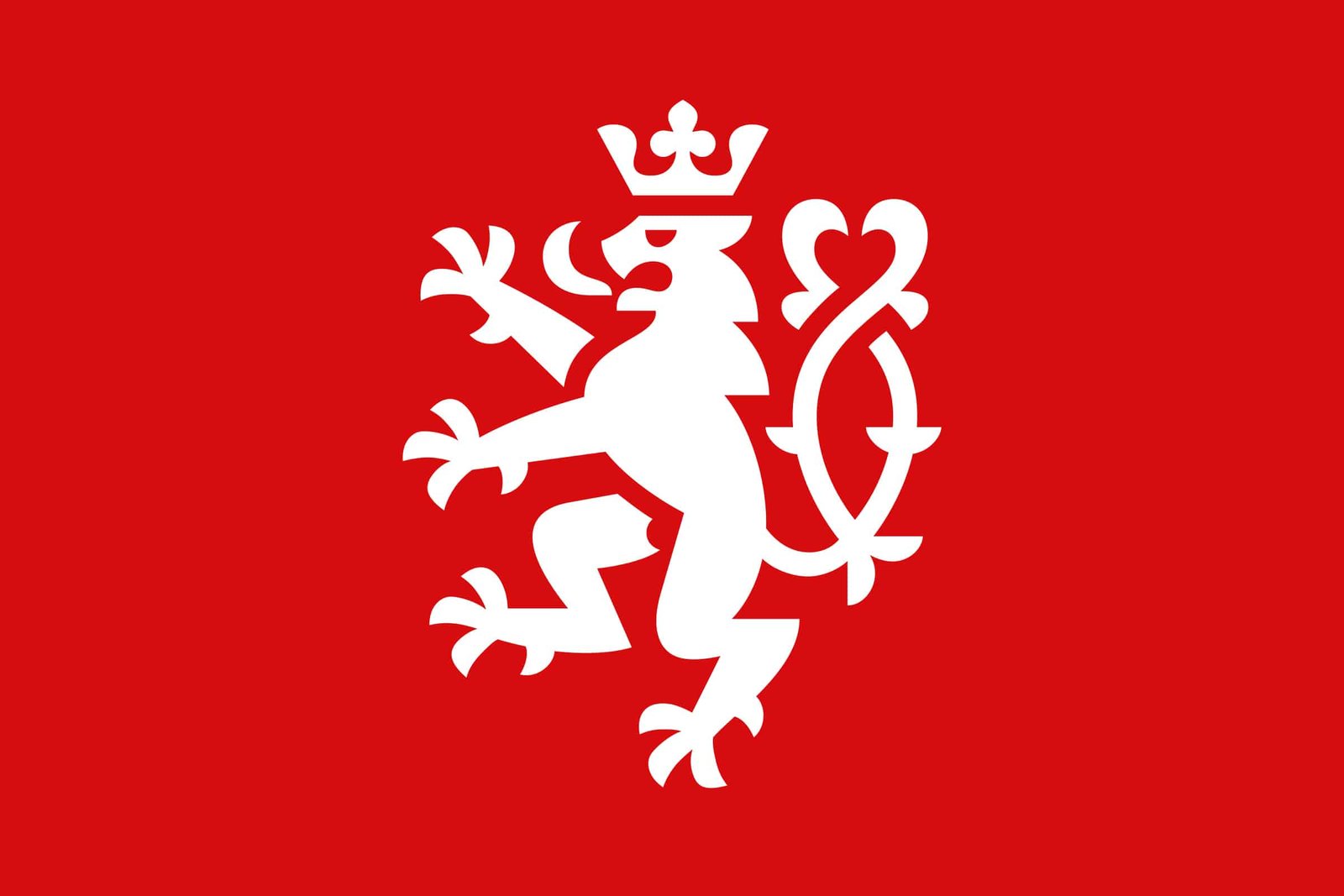
On 16 July 2025, the Czech Republic officially launched its first-ever unified visual identity across all 31 central government institutions — from ministries to embassies. The new Czechia visual identity addressed redundancy, confusion, and cost — revealing how fragmented logos and inconsistent branding can erode citizen trust and international credibility.
The new system, inspired by models from the UK, Sweden, Germany, and the Netherlands, gives the state one recognisable face at home and abroad — signalling a fundamental truth of 21st-century governance: clarity is credibility.
This shift, from seeing national identity as decoration to treating it as essential infrastructure, is a global trend. For decades, governments tried to brand themselves like corporations, producing hollow slogans disconnected from any national soul. That era is ending.
Six months before the Czech announcement, our January 2025 framework,
“Symbols of Hope,” analysed this exact shift. The report argued that in a digital-first world, a nation’s ability to project a coherent, authentic identity is no longer a luxury but a critical tool of economic and political statecraft. Our case study focused on a bold proposal for Zimbabwe: what if the nation’s most potent symbol, the Zimbabwe Bird, was redesigned not just as an emblem, but as the engine of a modern, unified system of governance?
Our framework argued that legacy symbols must be evolved for a new era. For Zimbabwe, this means liberating the iconic Bird from a complex, static coat of arms and reimagining it as a versatile, digital-first mark. The “Symbols of Hope” proposal outlines a system where this single, adaptable symbol creates a cohesive identity for every ministry, embassy, and public institution. This is directly inspired by some of the world’s most effective governance brands, like the Canadian Maple Leaf and the UK’s GOV.UK platform, which use a single visual element to create consistency and trust.
Why This Is an Urgent Economic Issue for Zimbabwe
As Zimbabwe pursues Vision 2030 — the national strategy for achieving an upper-middle-income economy — we must ask a critical question: is our national image an asset or a liability in that mission?
Consider the tourism sector. In 2024, it grew to 12% of GDP with revenues hitting USD$1.2 billion. This is a monumental achievement. Yet, this growth is happening within a fragmented visual landscape. A unified national identity would amplify these gains by presenting a consistent, high-quality, and trustworthy image to tourists and, more importantly, to international investors. It transforms the “look” of the nation into a functional piece of economic infrastructure.
A coherent brand identity system isn’t decorative; it directly supports Vision 2030 by:
- Reducing Waste: A single identity system eliminates the immense cost of 30+ different government bodies commissioning separate logos, websites, and brand guidelines.
- Boosting Investment: It presents a modern, unified, and trustworthy face to global partners, signalling a nation that is organized, confident, and ready for business.
- Enhancing Governance: It makes government services clearer and more accessible for citizens, reinforcing the Vision 2030 principle of inclusion and modernization.
Zimbabwe’s Moment for Regional Leadership
While most Southern African governments still operate with fragmented legacy symbols, Zimbabwe has the opportunity to become a regional pioneer in modern statecraft. By adopting a unified system, it can set a new standard for brand coherence, digital transformation, and public trust.
Conclusion: Beyond Heritage, Toward Hop
Czechia’s redesign confirms a global pattern: national identity is at an inflection point. It is no longer about simply preserving heritage, but about making that heritage work for the future. Our “Symbols of Hope” strategy is not about erasing the past; it is about reconciling legacy with the promise of tomorrow by creating a system that is both beautiful and useful.
Symbols of Hope was developed by Zarura, a strategy-first brand identity agency shaping meaningful systems for contemporary African institutions.
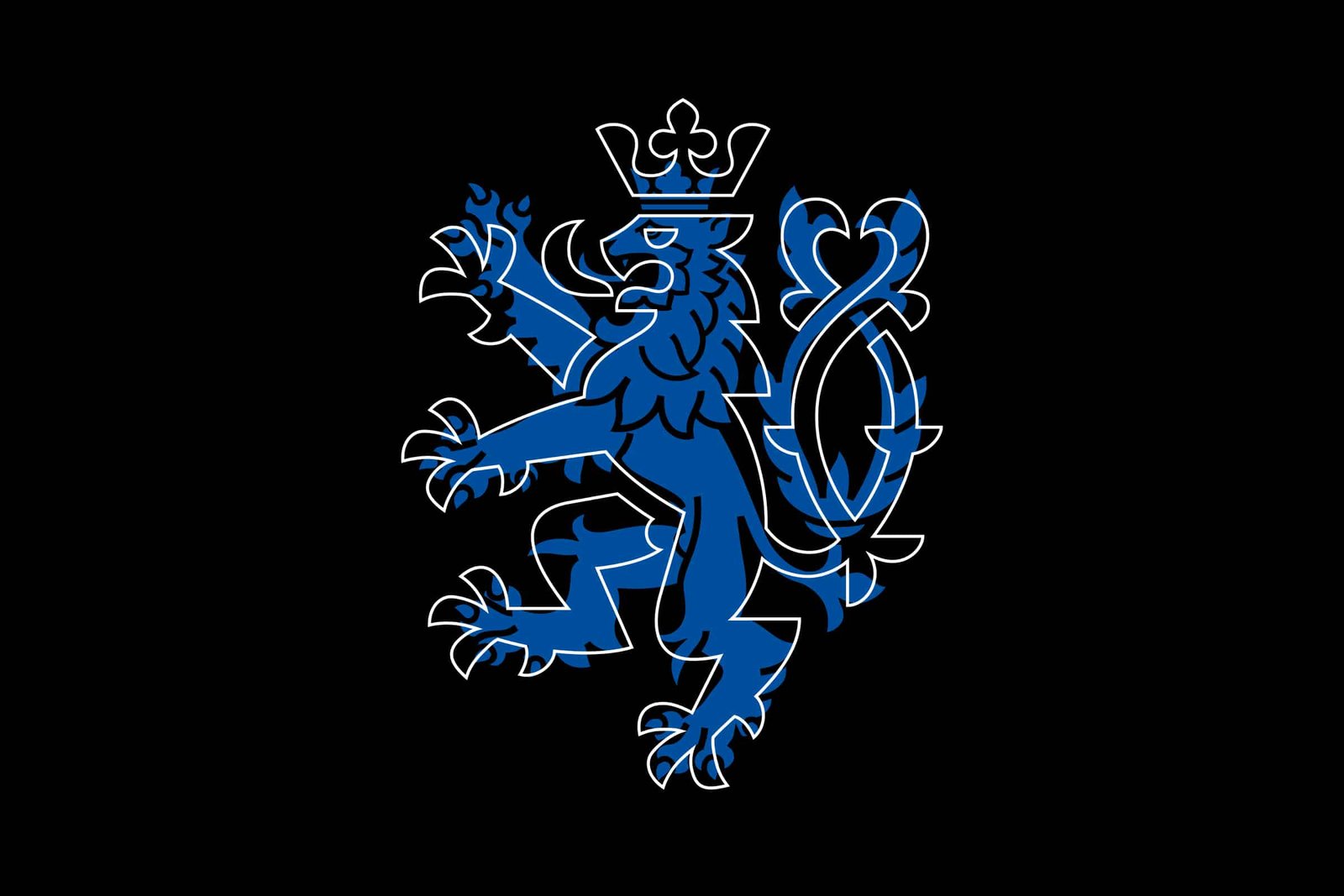
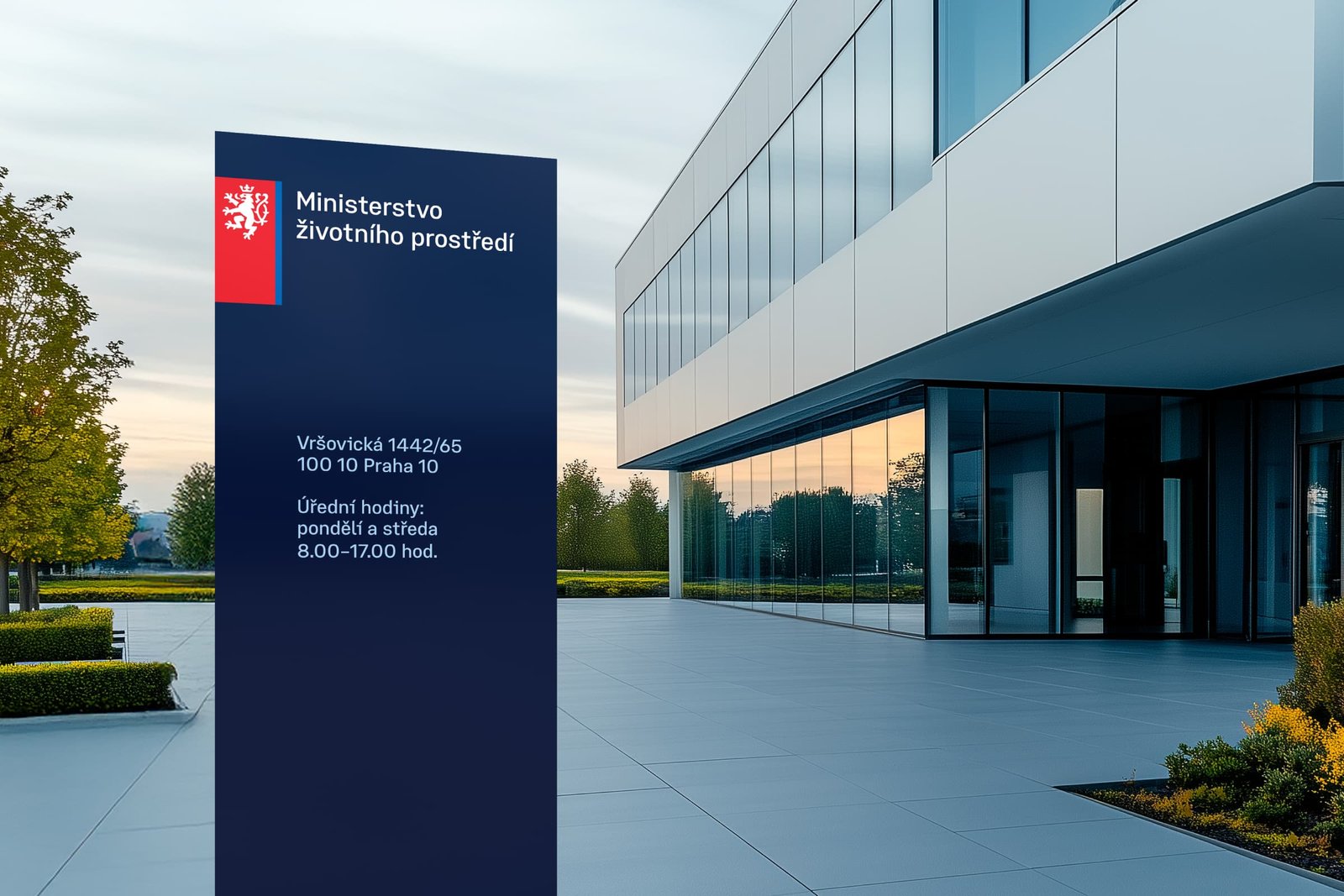
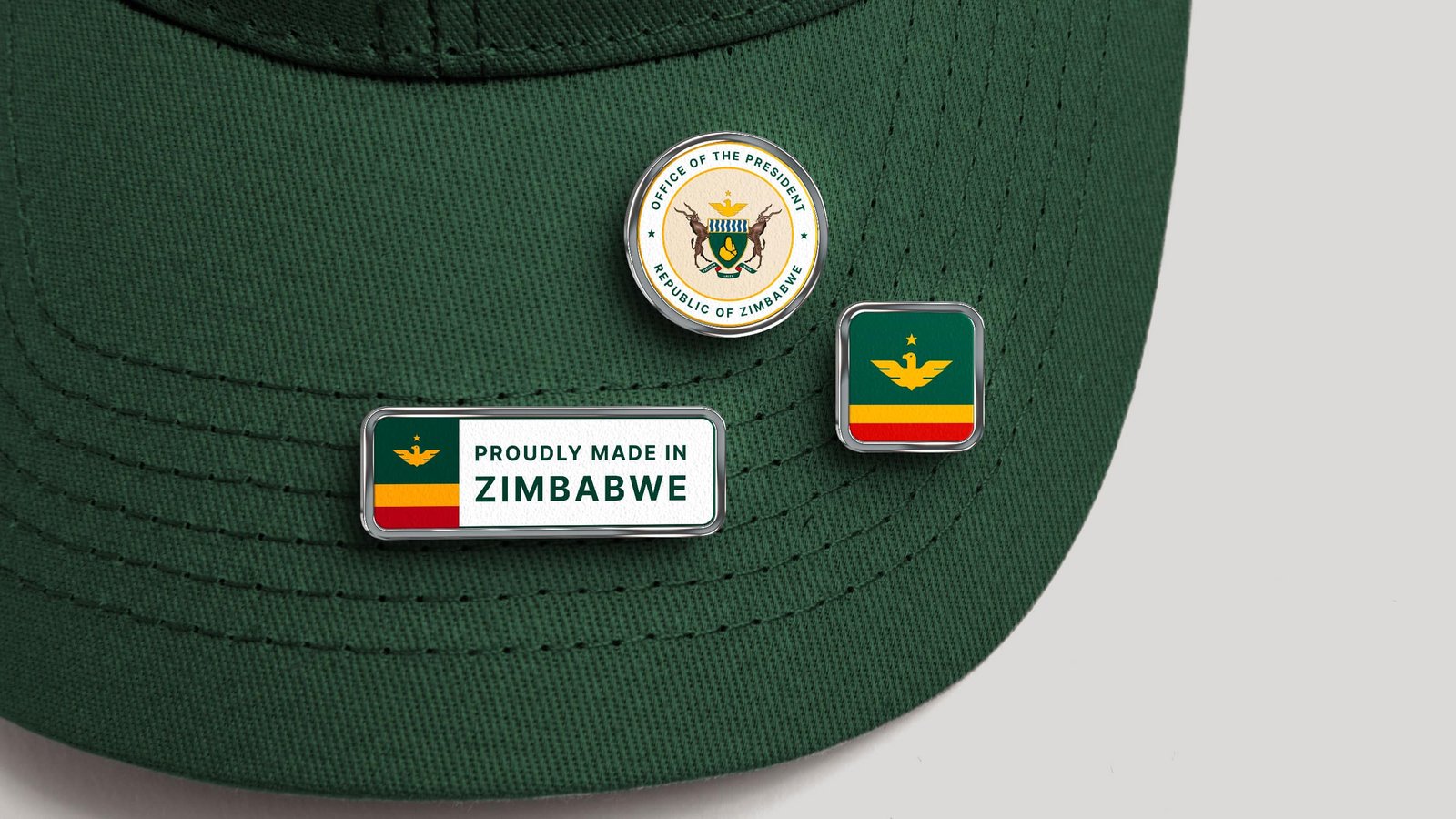
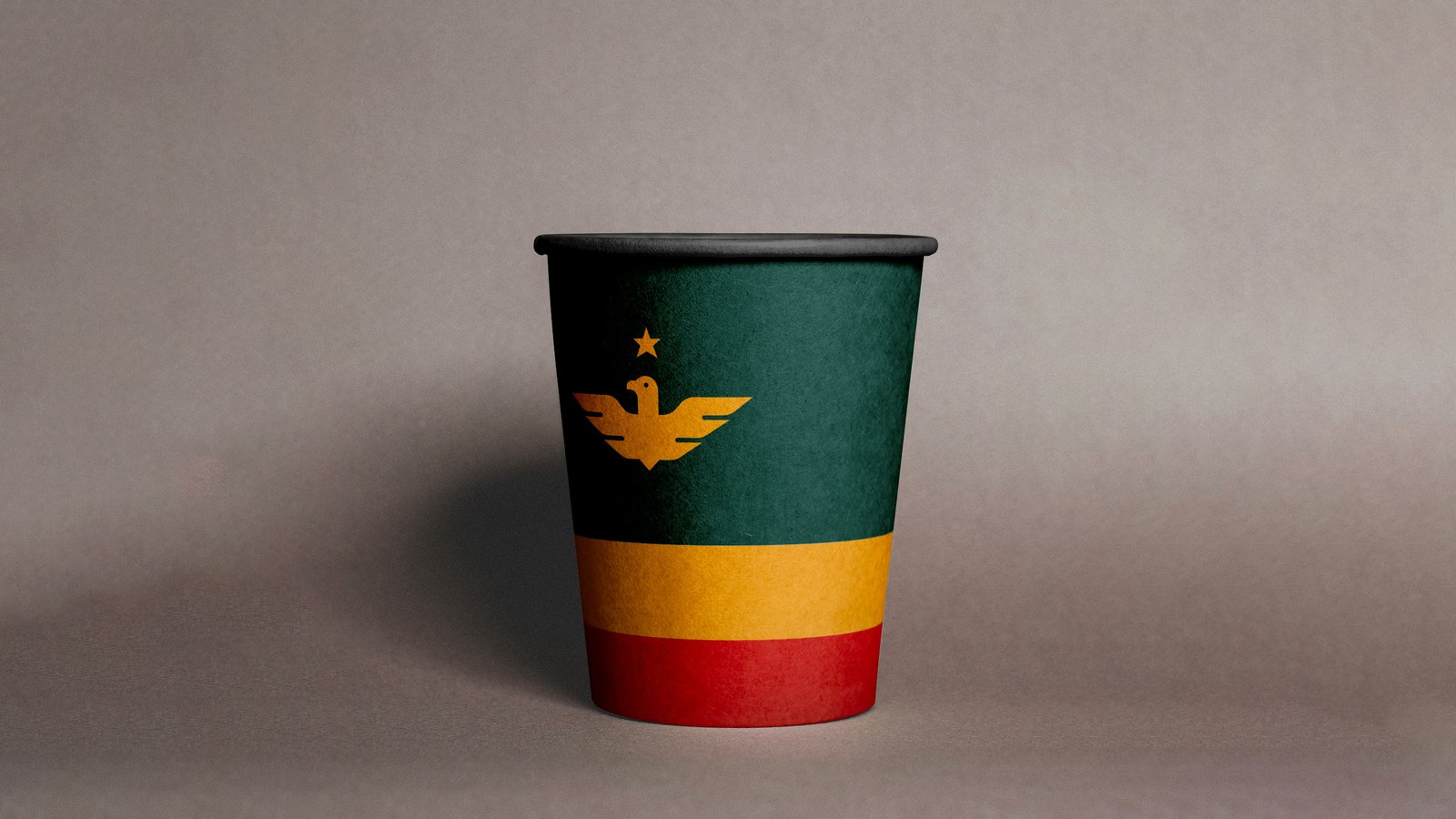
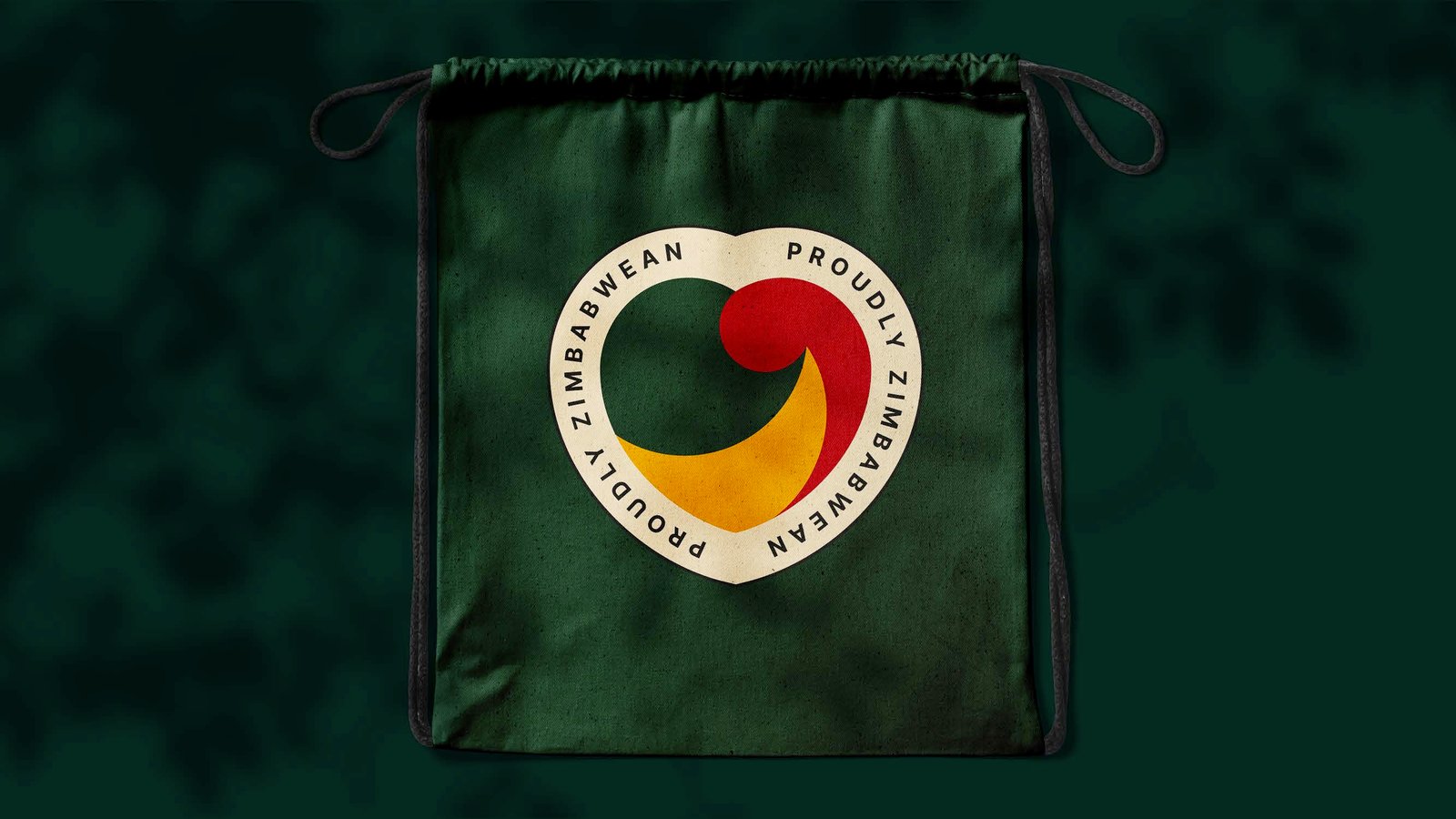
Brand Storytelling
Genuine brand storytelling is not new thinking at all. In fact, the world’s greatest…
OK Logo — A Missed Opportunity
One of the largest retailer groups in Zimbabwe soft launched a new logo for one of its…
Why We Specialize
In the vibrant and ever-evolving business landscape of Zimbabwe, there are many one-stop…